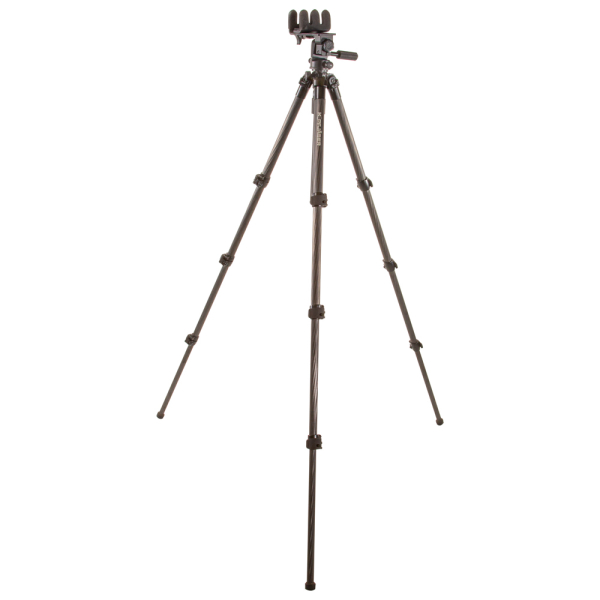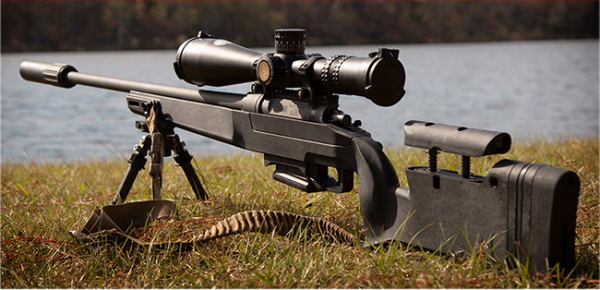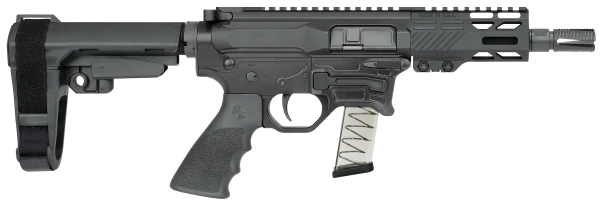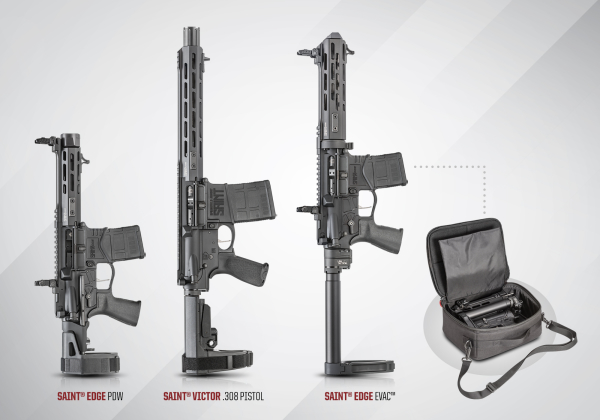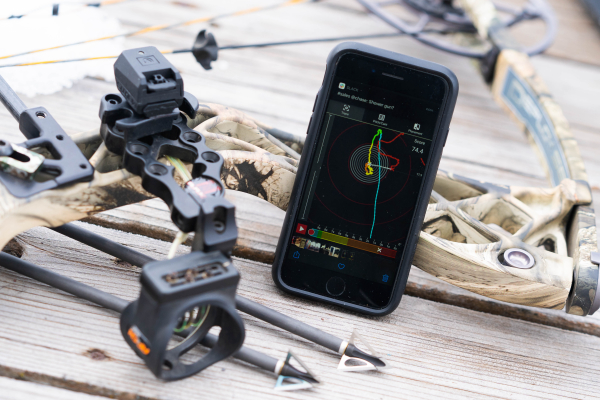By Glen Wunderlich
Charter Member of Professional Outdoor Media Association
When it comes to accuracy in a firearm, many variables contribute to results – especially when afield and separated from the shooting bench. The trouble is that when target groups are not as tight as desired or expected, we begin to search for the cause. Some shooters may blame their troubles on the firearm, while others point to the ammo and still others rightfully look into the mirror; it could be any or all of the above. But, how good is good?
Like most of us, I tend to push for perfection, although there is no such thing in shooting any more than there is in golf. Anybody ever heard of a score of 18 on the links? Although it doesn’t happen and never will, it doesn’t stop any golf whiz from buying new clubs, balls, lessons and so forth.
However, perfection afield is really not that difficult to achieve providing the shooter does his or her part. After all, just about any firearm is capable of producing 6-inch groups out to reasonable ranges. As bad as that may sound, medium to large-sized game animals have kill zones of 8 inches and up – large enough to allow for certain deviations no matter the cause.
I recall handing over a high-magnification scoped rifle to an old timer, who promptly put it to his shoulder, as he peered through the expensive glass. “This thing moves around too much!” he exclaimed; obviously, it moved only as much as he did. What made him hand the rifle back to me was the fact that he was given instant feedback without ever firing a shot.
High-magnification scopes will do that and are quite useful for that purpose, although possibly problematic afield. Even the person that is innately steady will be able to see the slightest movement, as the crosshairs dance about – courtesy of the faintest heartbeat.
Anyone observing the Olympic Biathlon athletes while shooting will notice barrel movement, as they shoot bull’s eyes down field. These athletes don’t have time to settle down, because they are competing against the clock, and must, therefore, time their trigger squeezing with calculated movement to consistently hit the tiny targets. As amazing as these shooters are, the average hunter doesn’t have to learn these skills.
Technology has given the competitive shooters a tool that could also help the hunter striving for better shooting skills. The new Mantis X2 is a small, powerful precision sensing device that tracks the minutest of movements, collecting thousands of datapoints per second. Once rail-mounted, it analyzes shooter movements, and sends the data over Bluetooth to the MantisX app for smartphones and tablets. The app provides real-time analytics and coaching tips to improve shooting mechanics and is available at mantisX.com for $99.
If a hunter doesn’t have the advantage of instant feedback during practice target shooting sessions, he’ll never know how to adjust or what to adjust for that matter. He will fiddle with the firearm, scope, ammo, rest or any other means to shrink those groups never actually realizing the root cause of his troubles.
However a shooter develops skills, it’s paramount to know the causes of movement or he will forever chase his tail in his quest for perfection.
